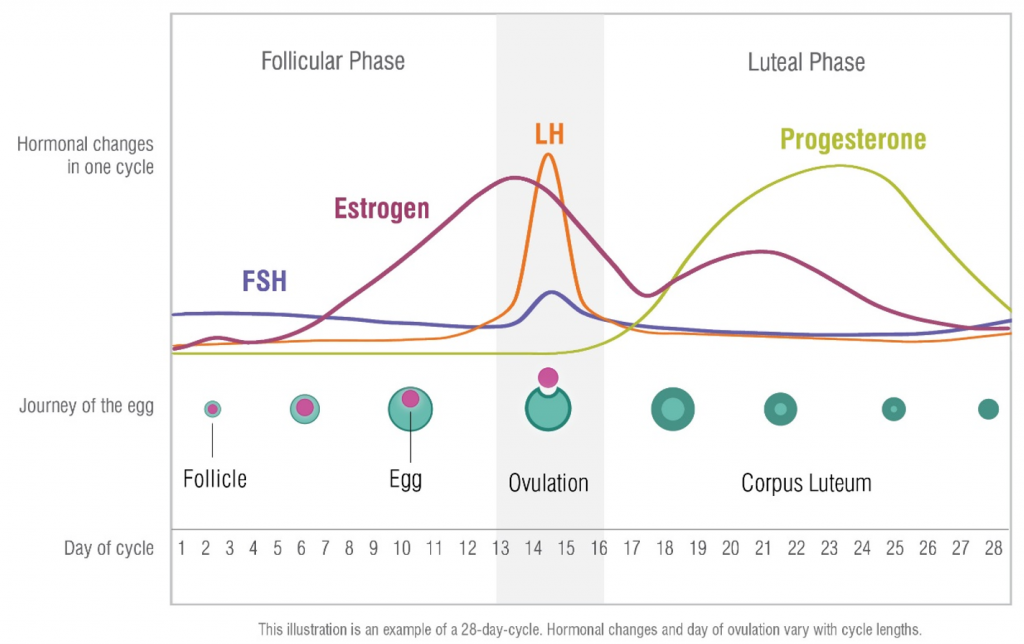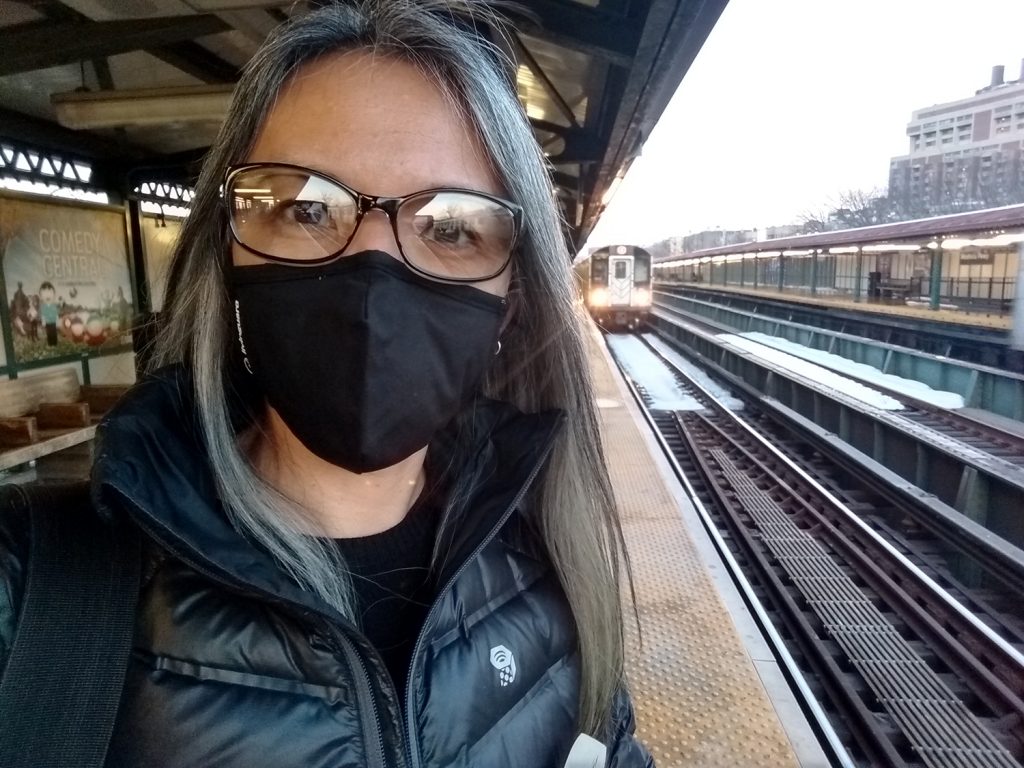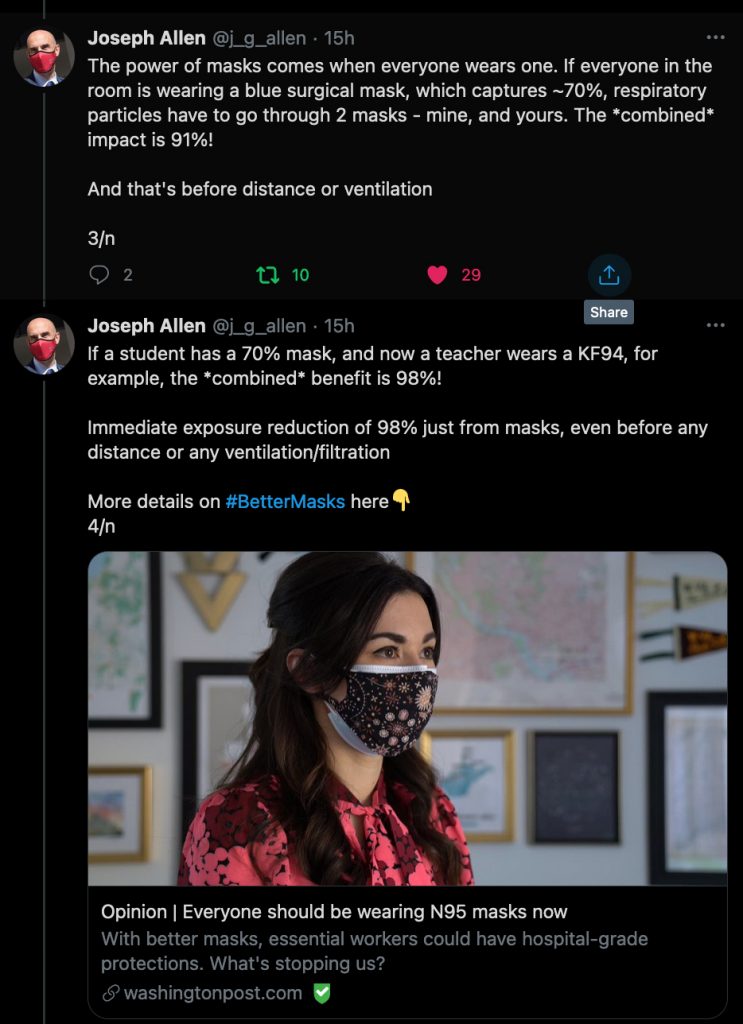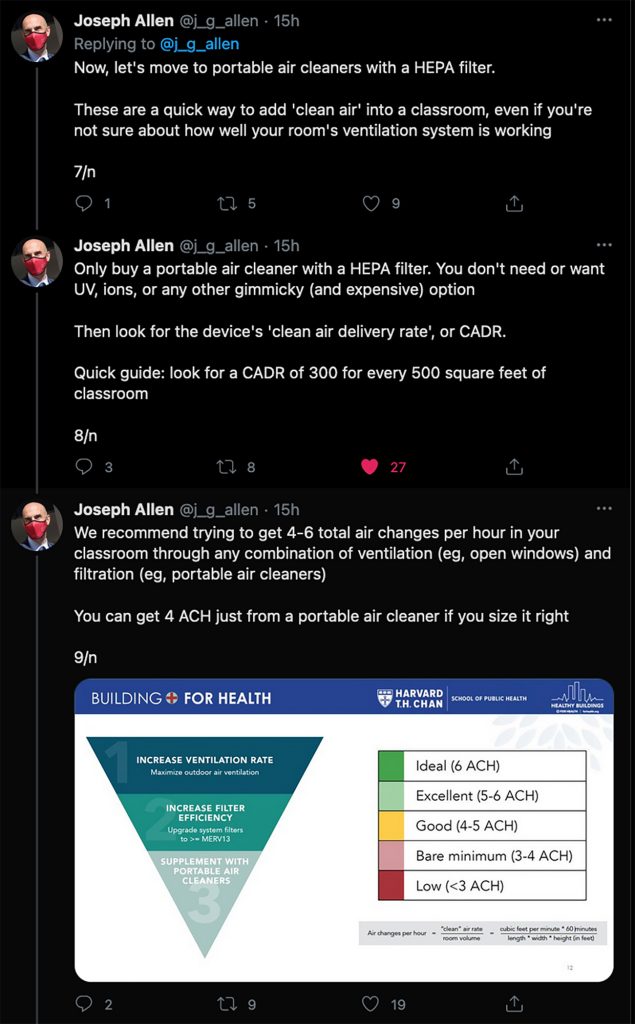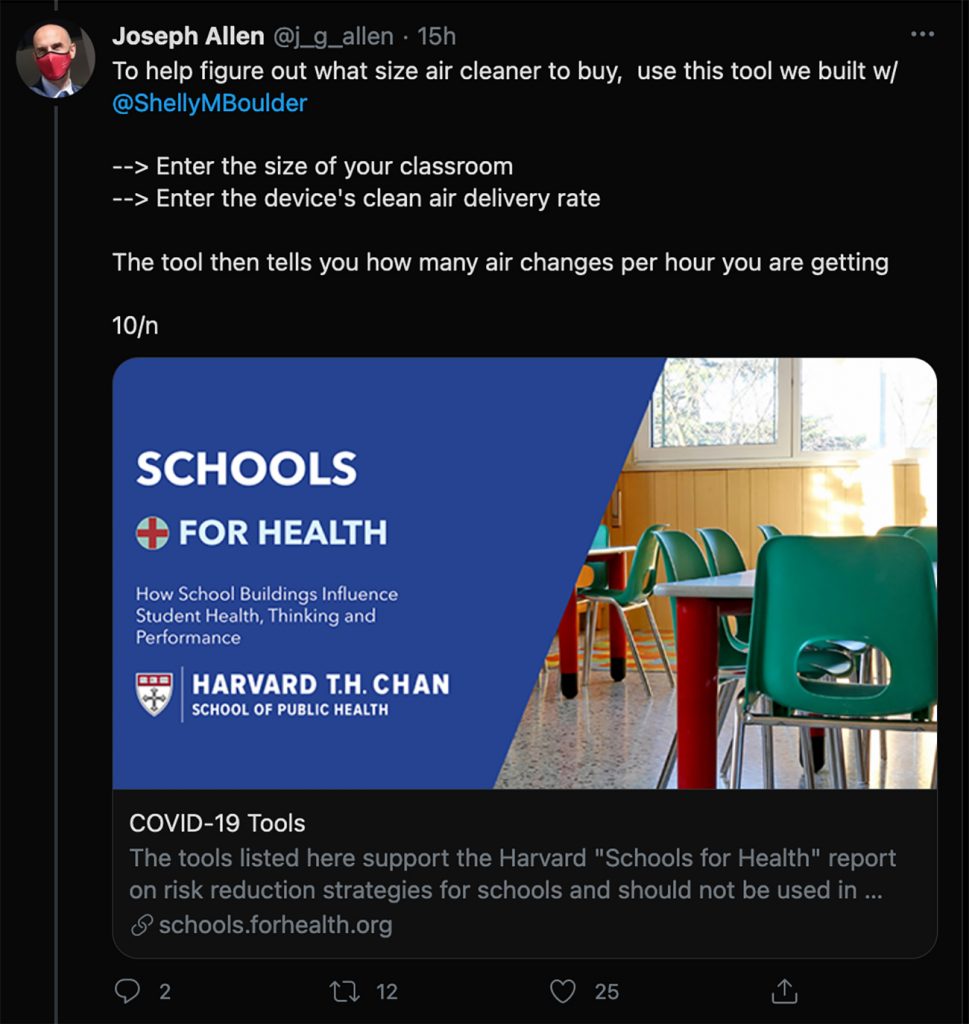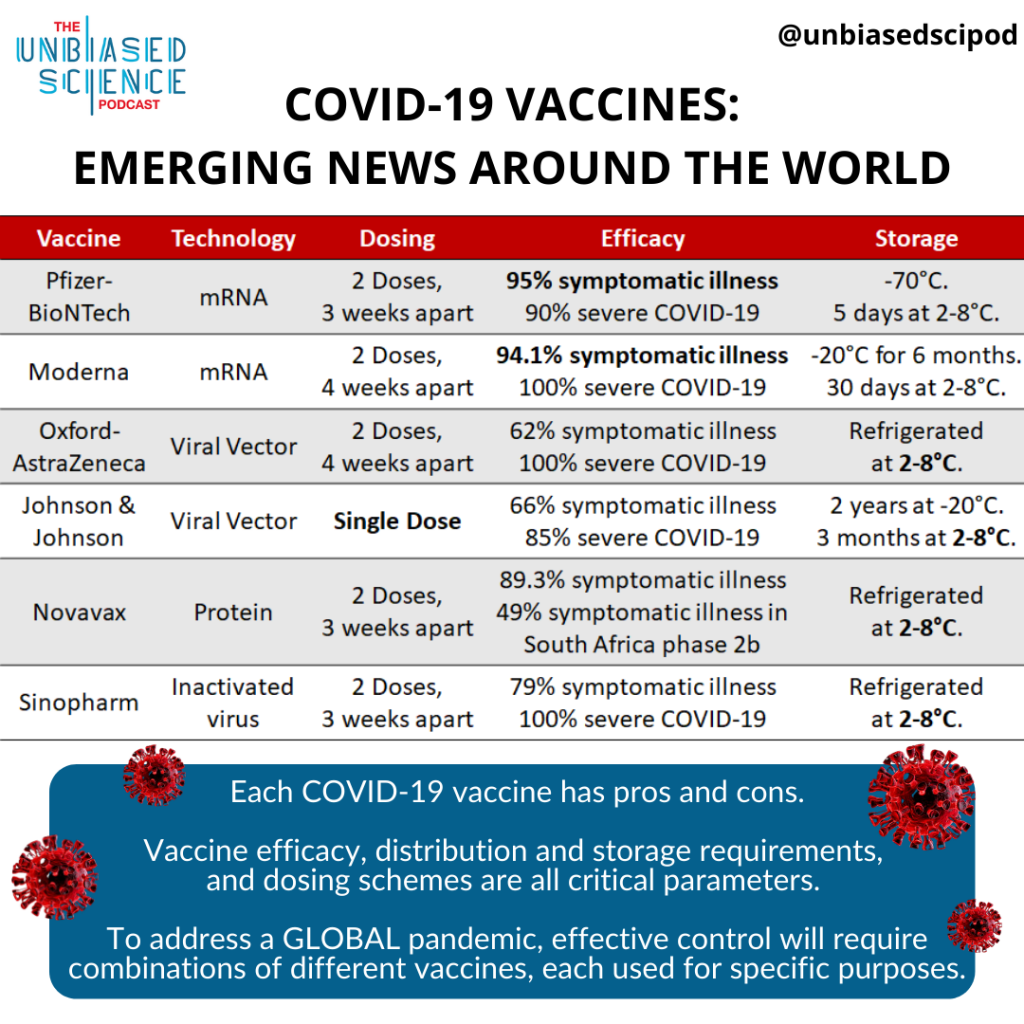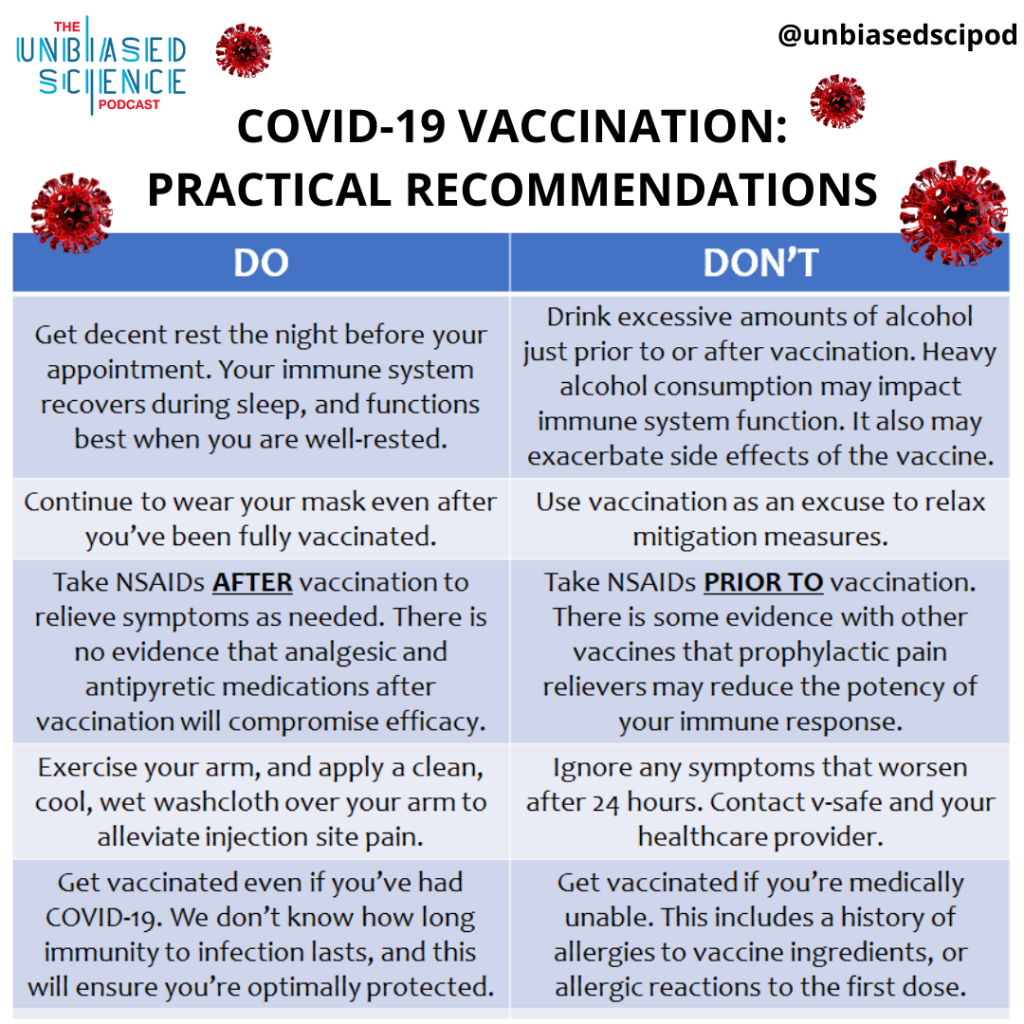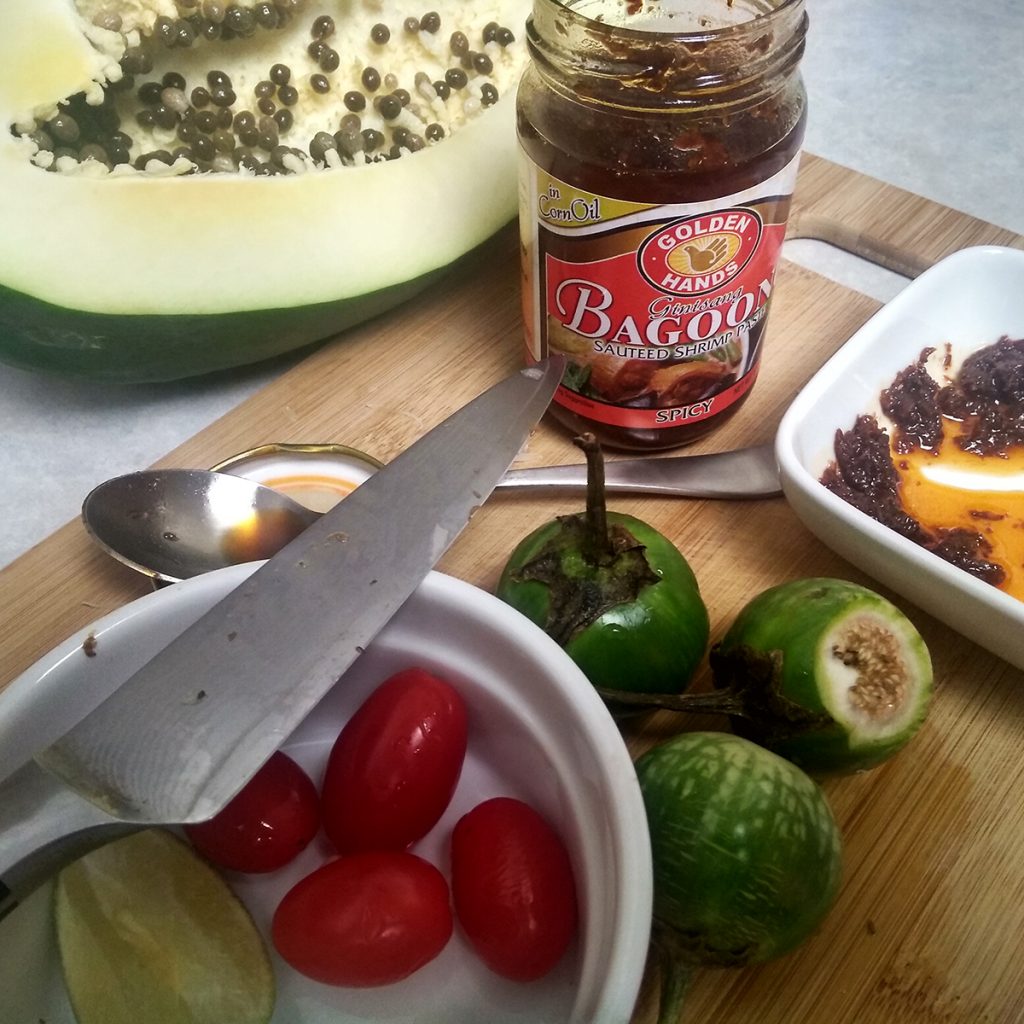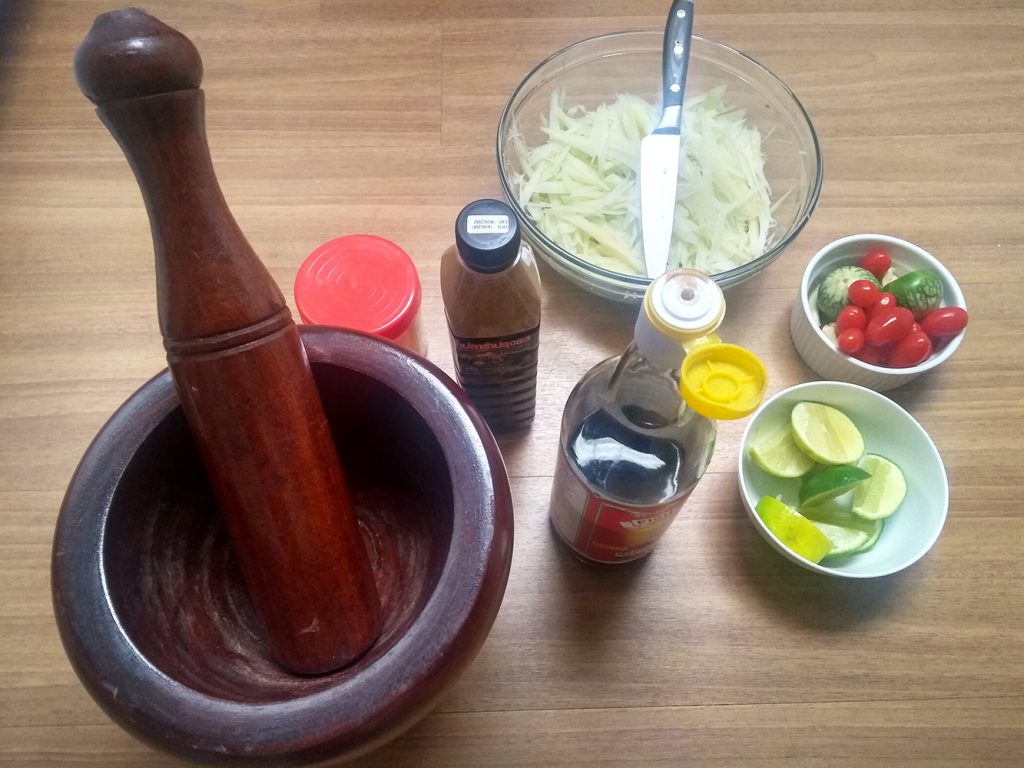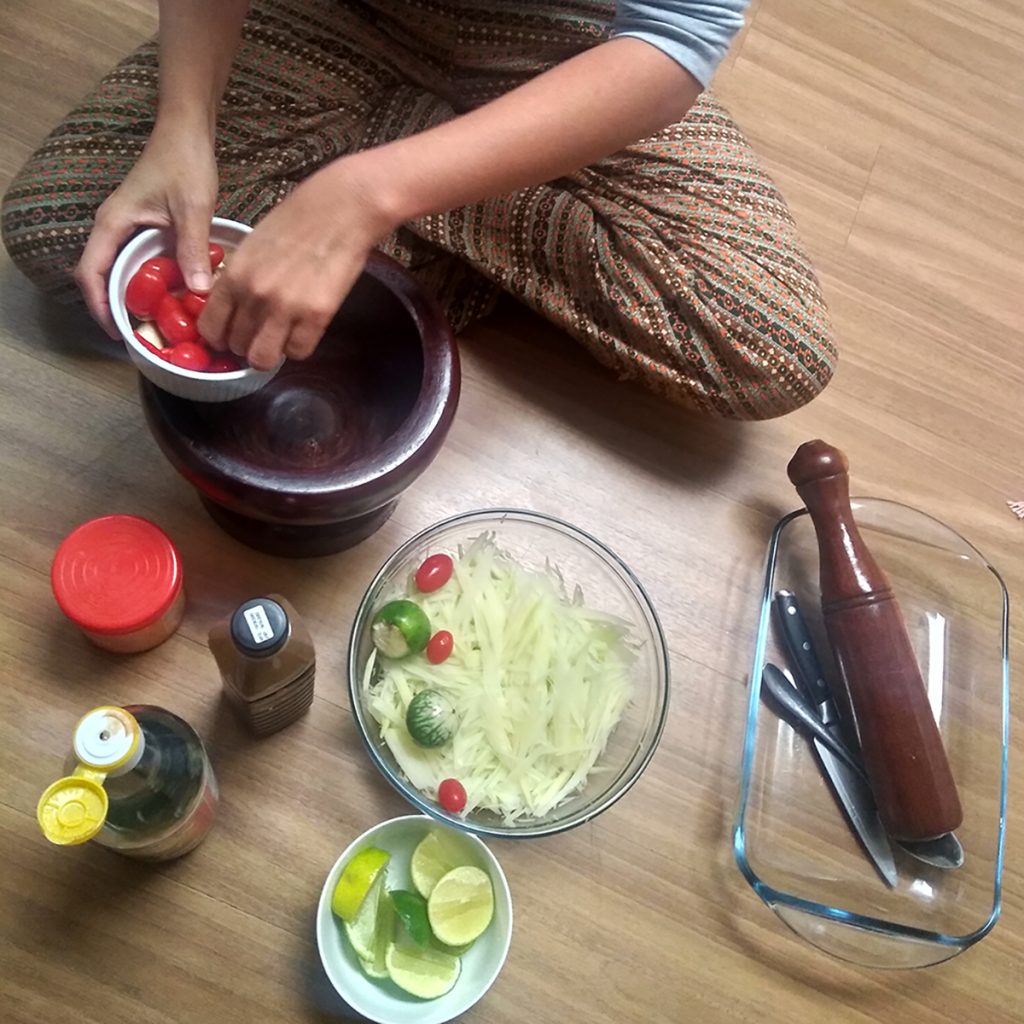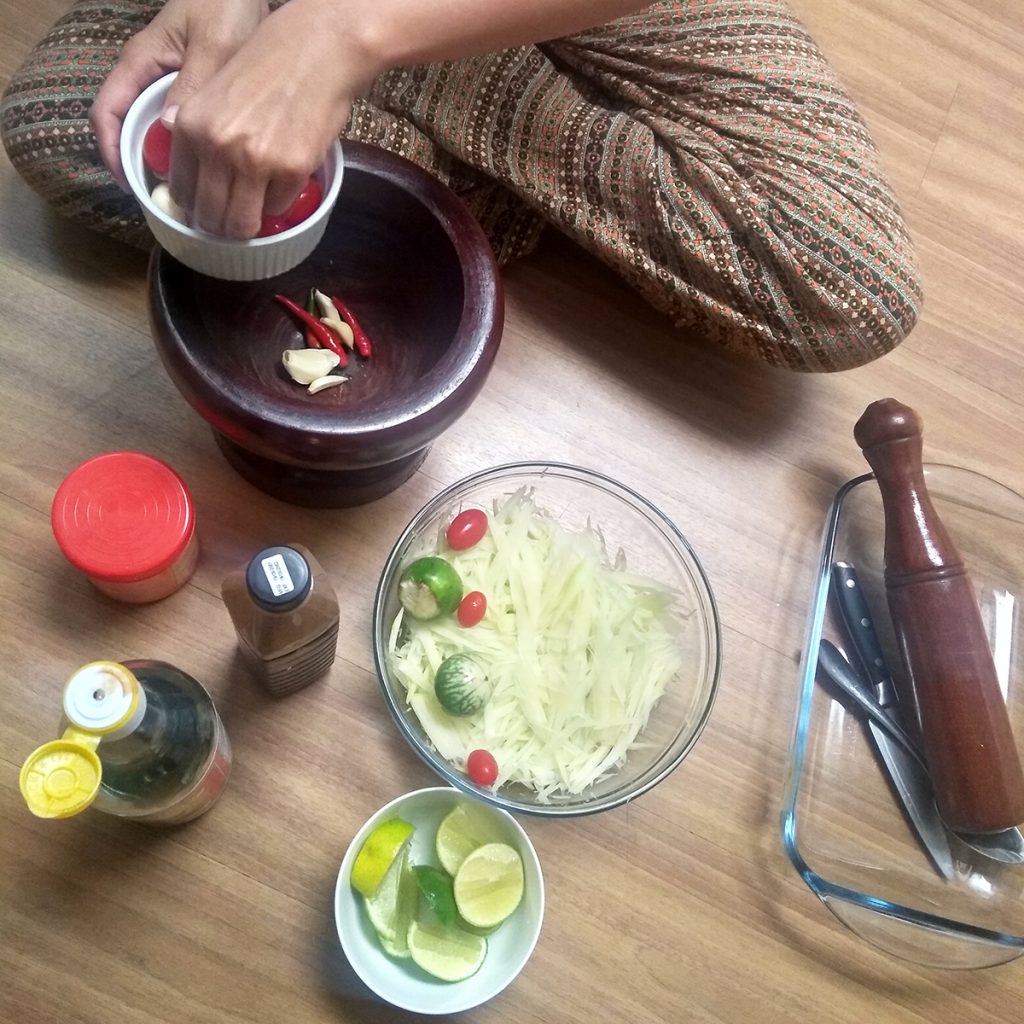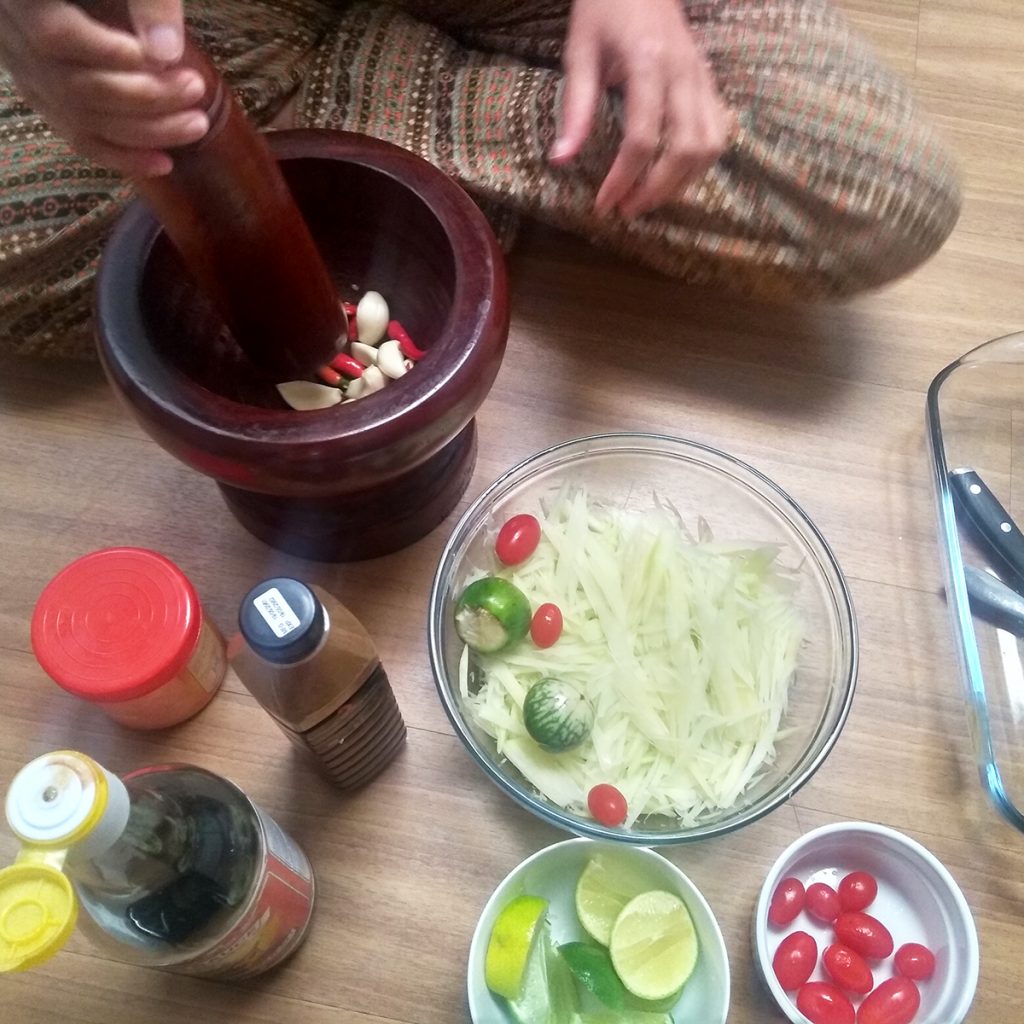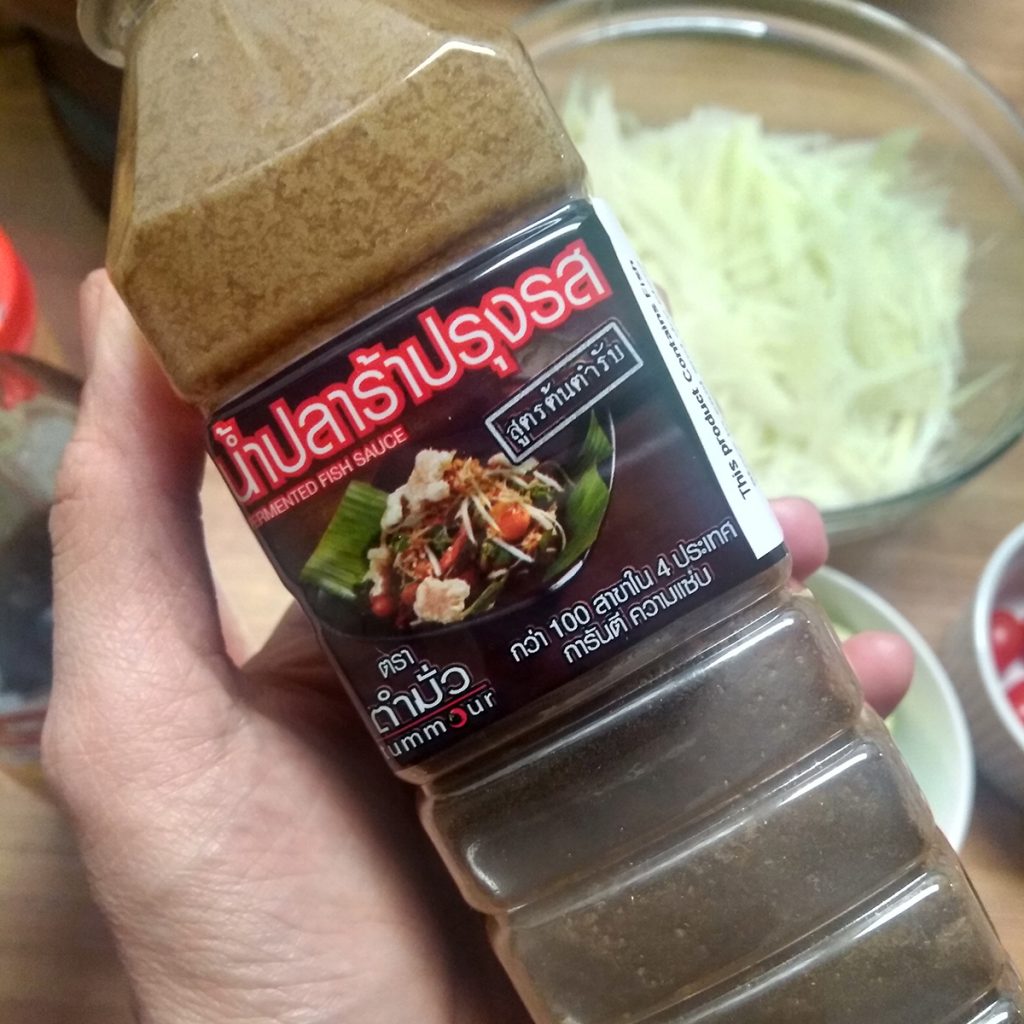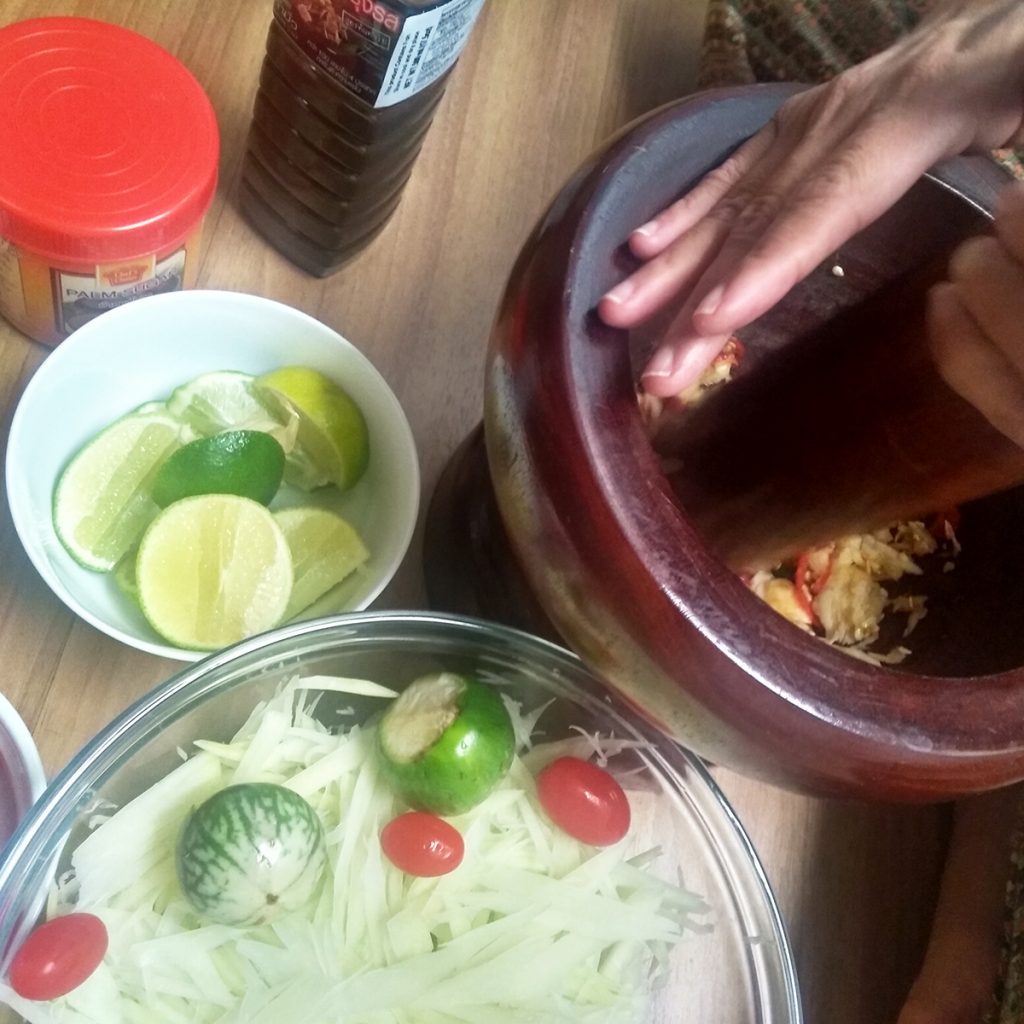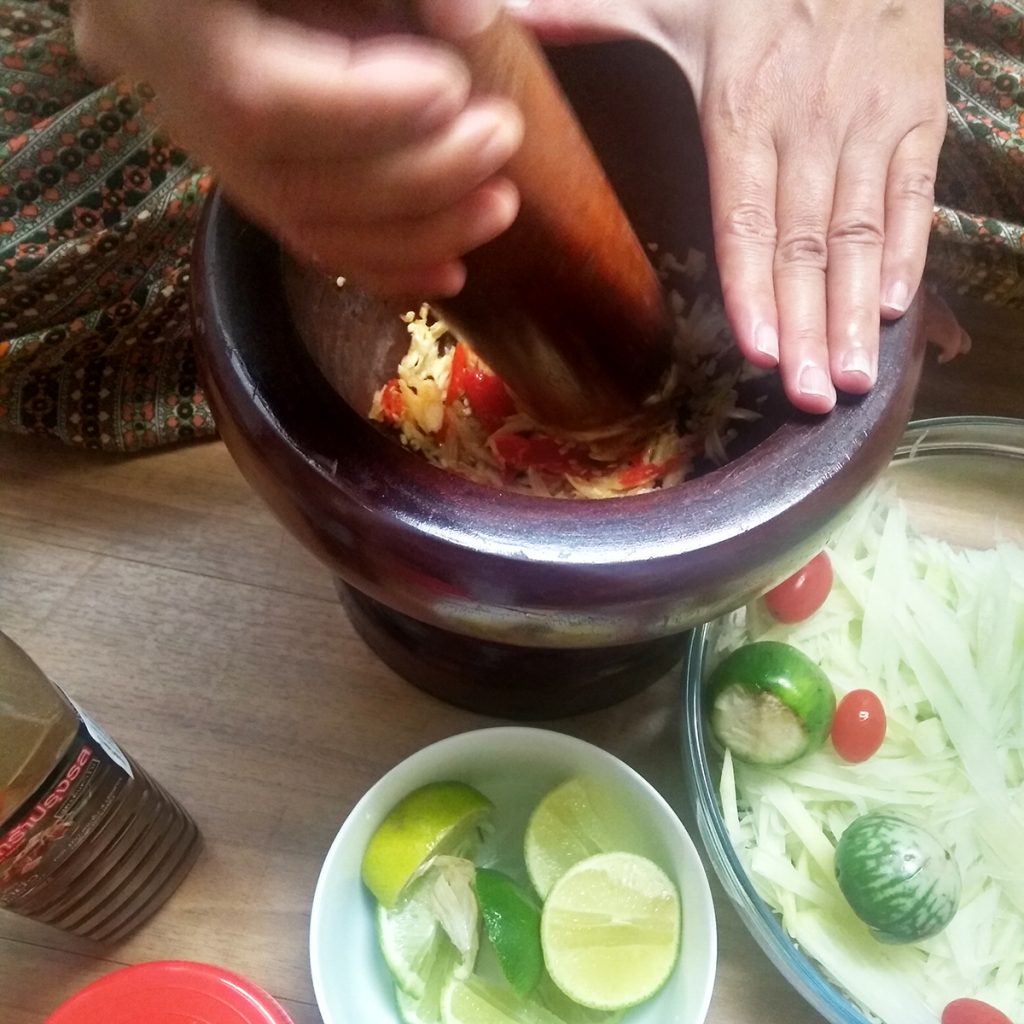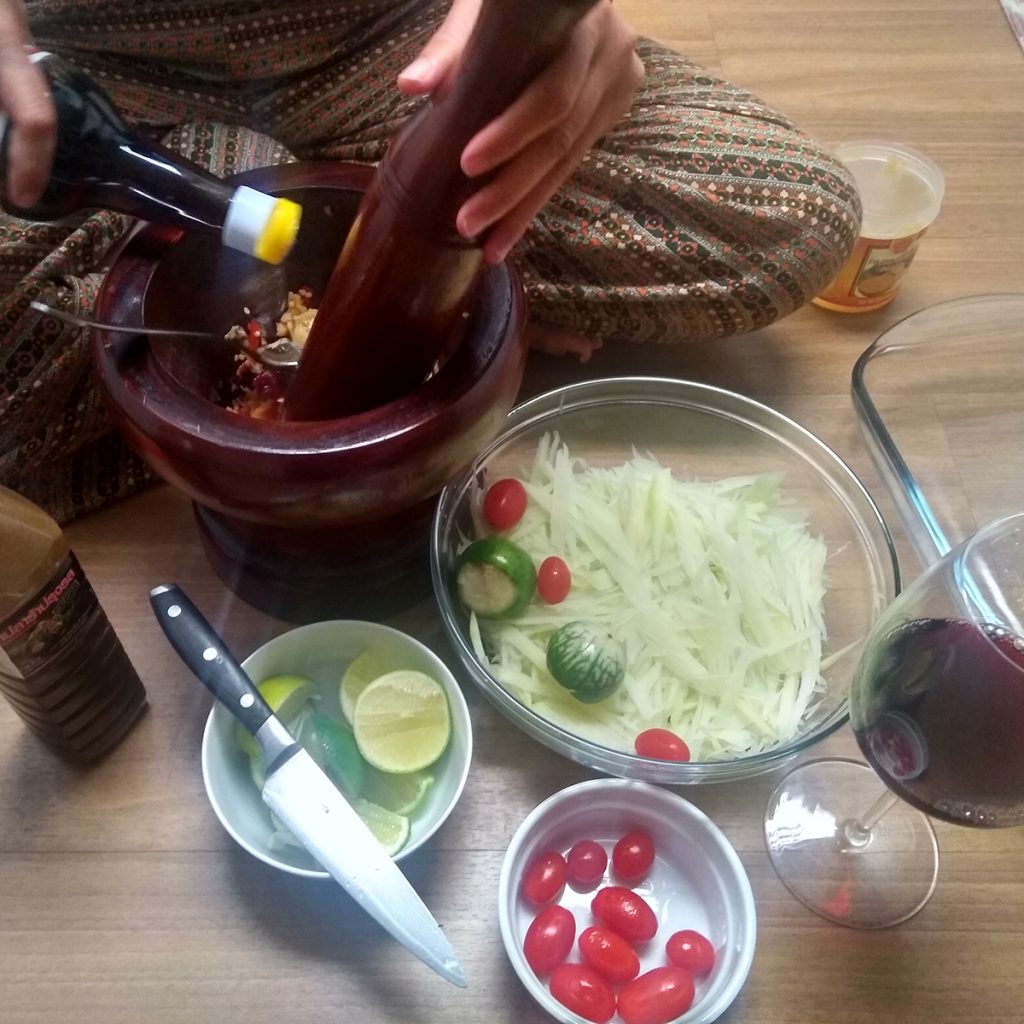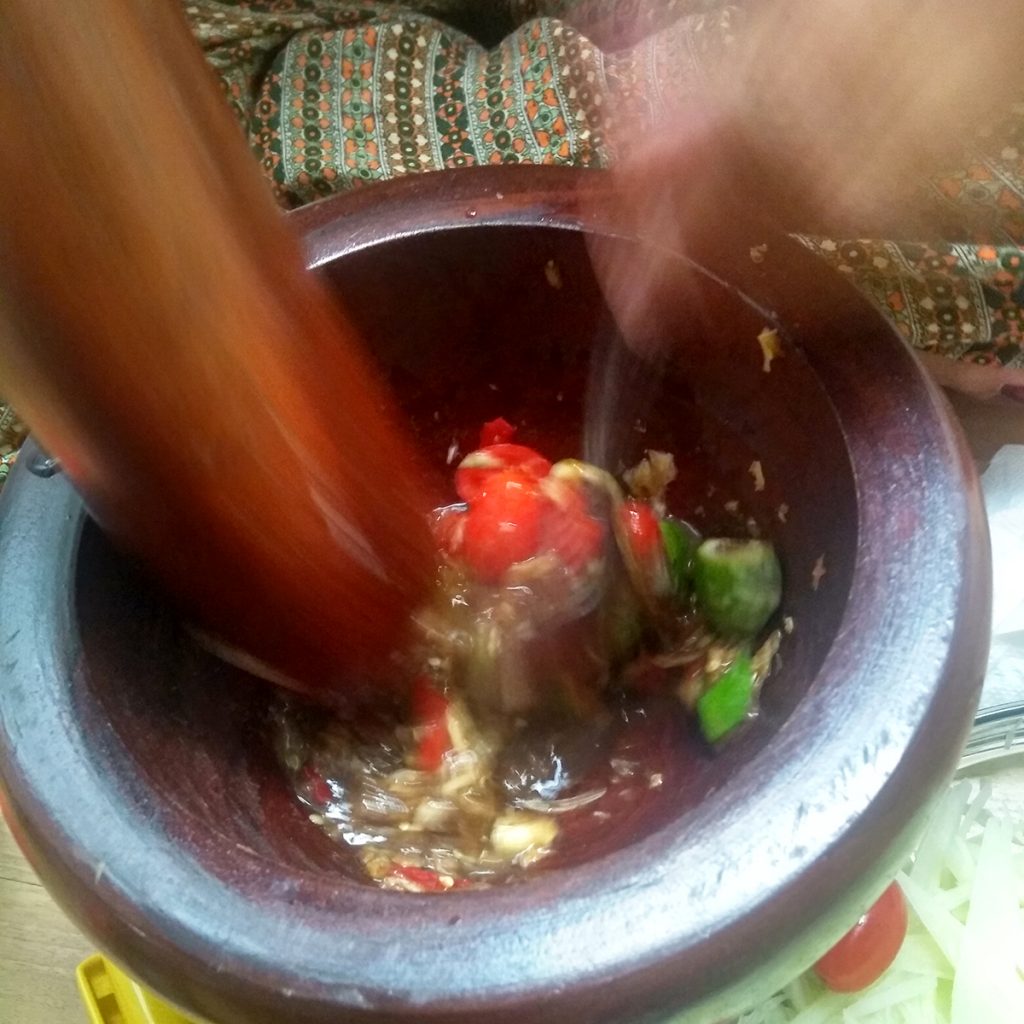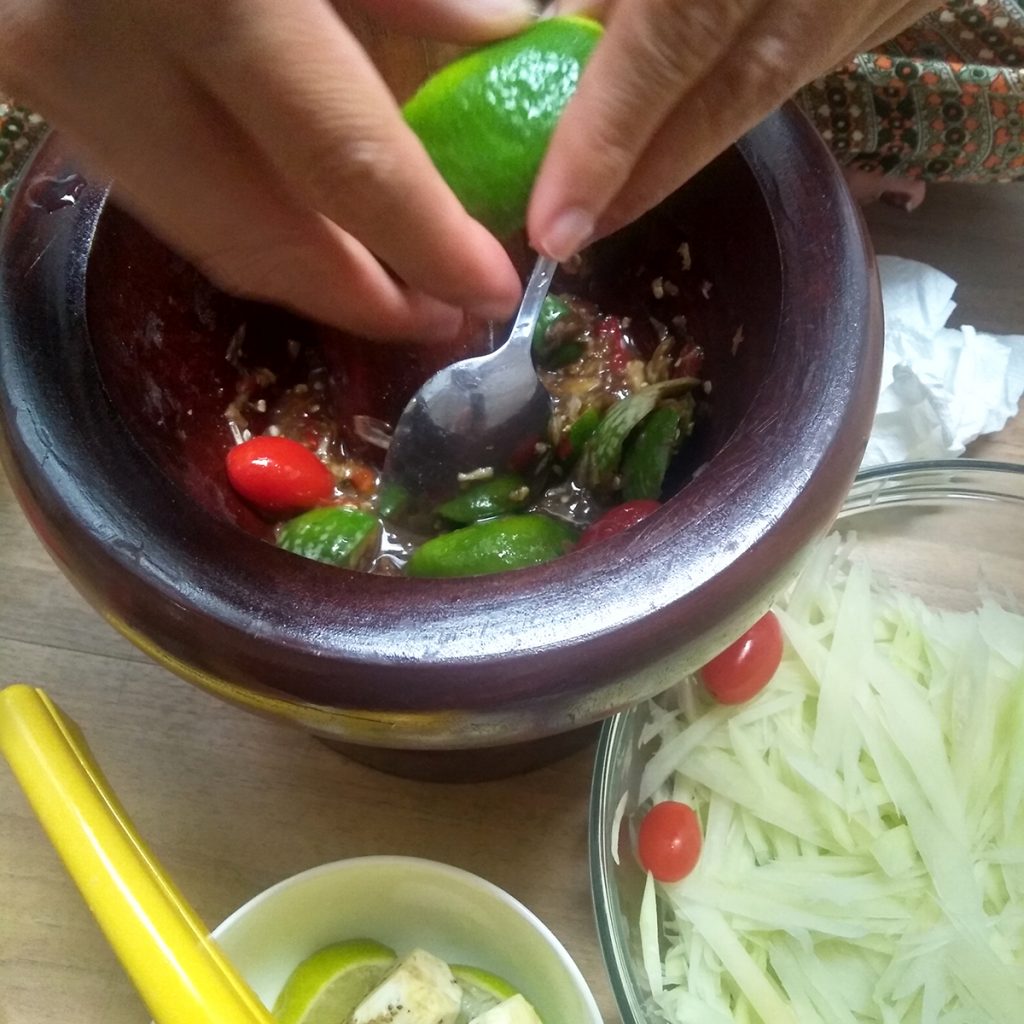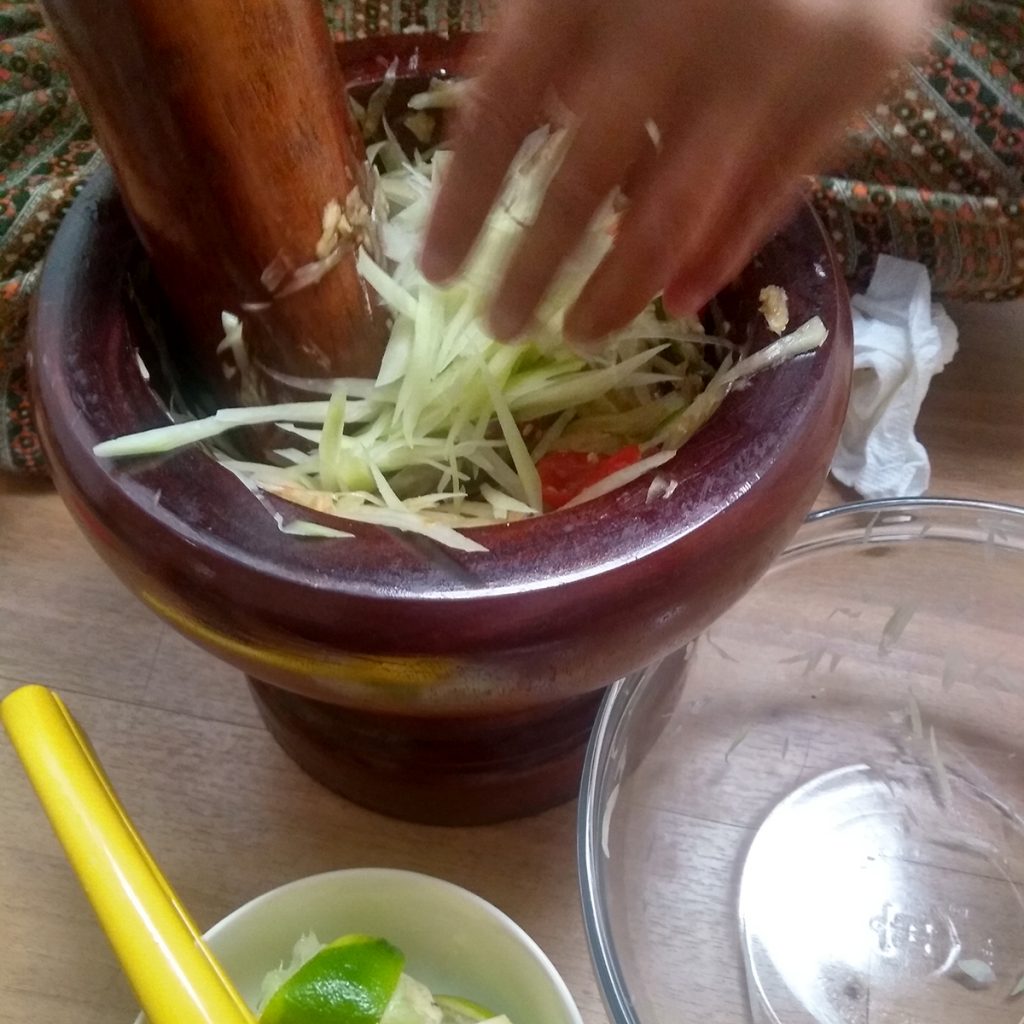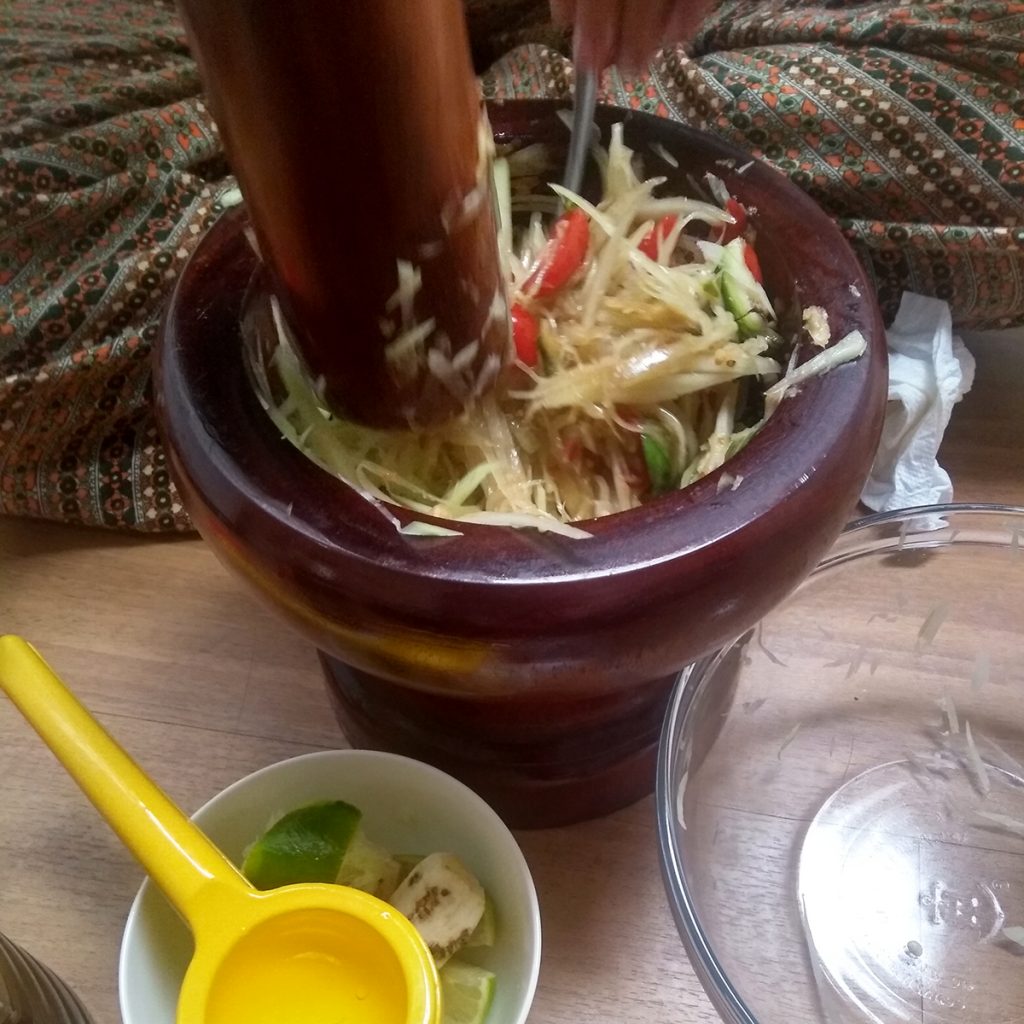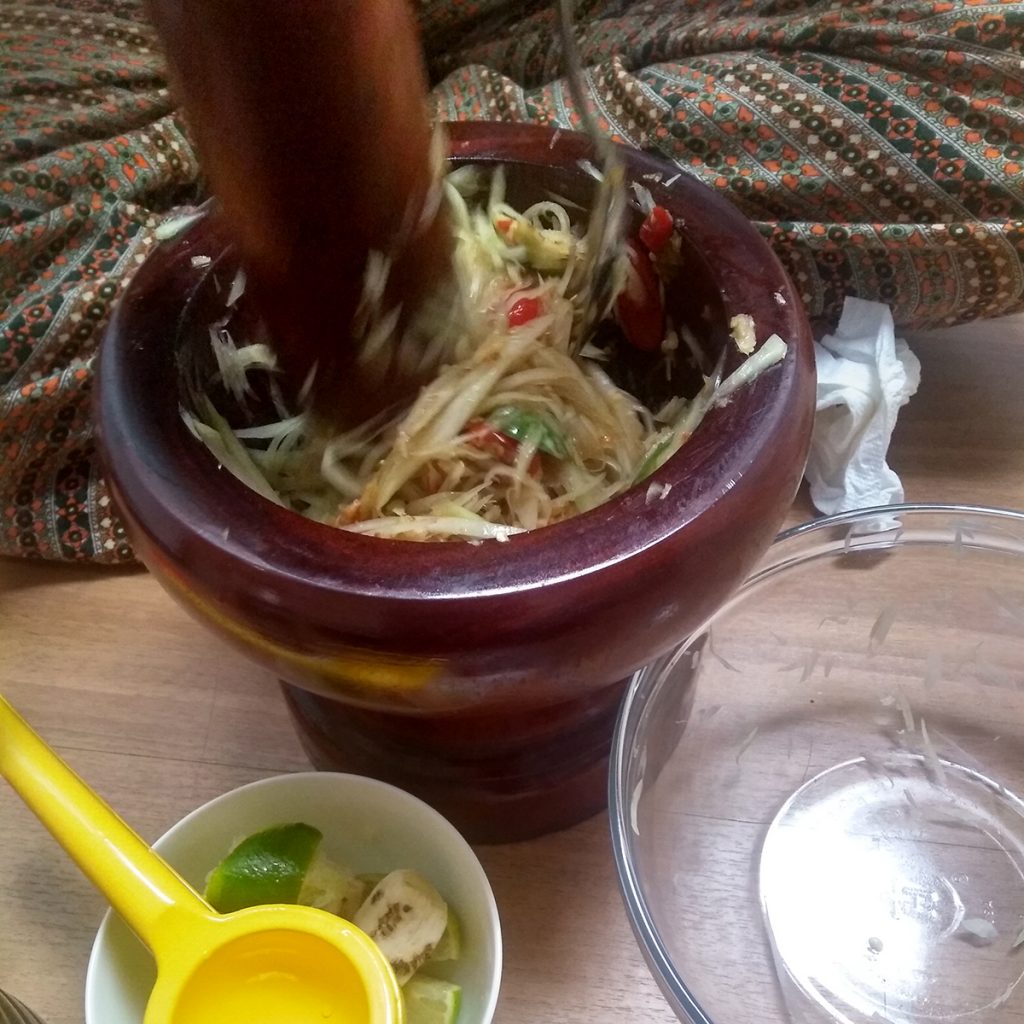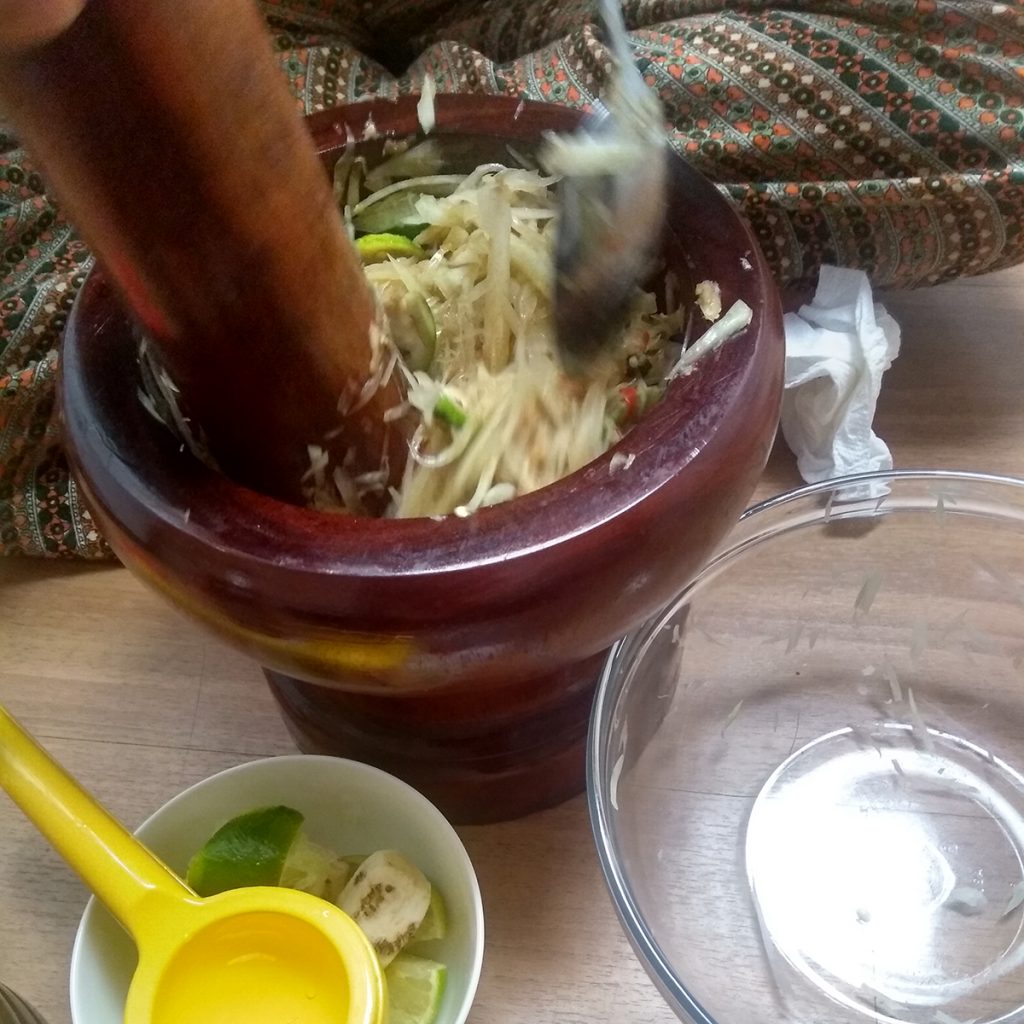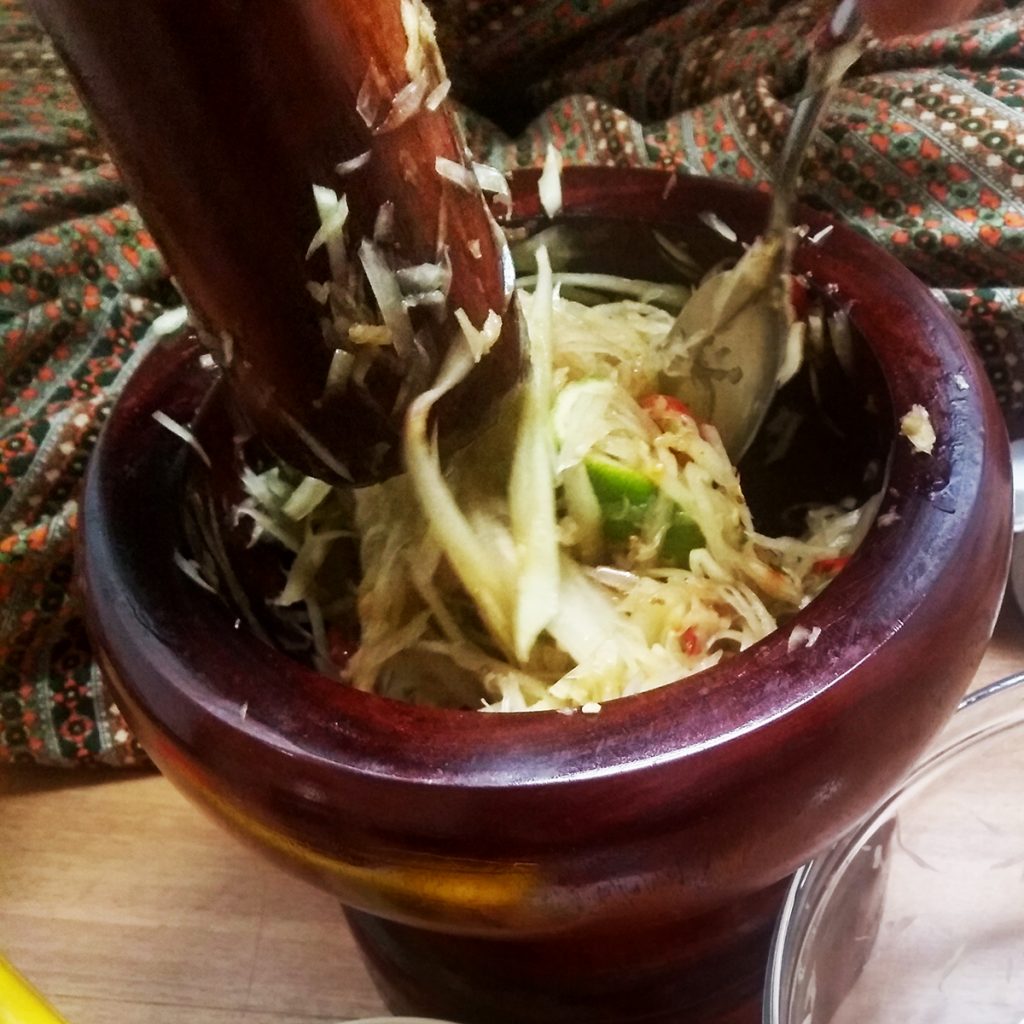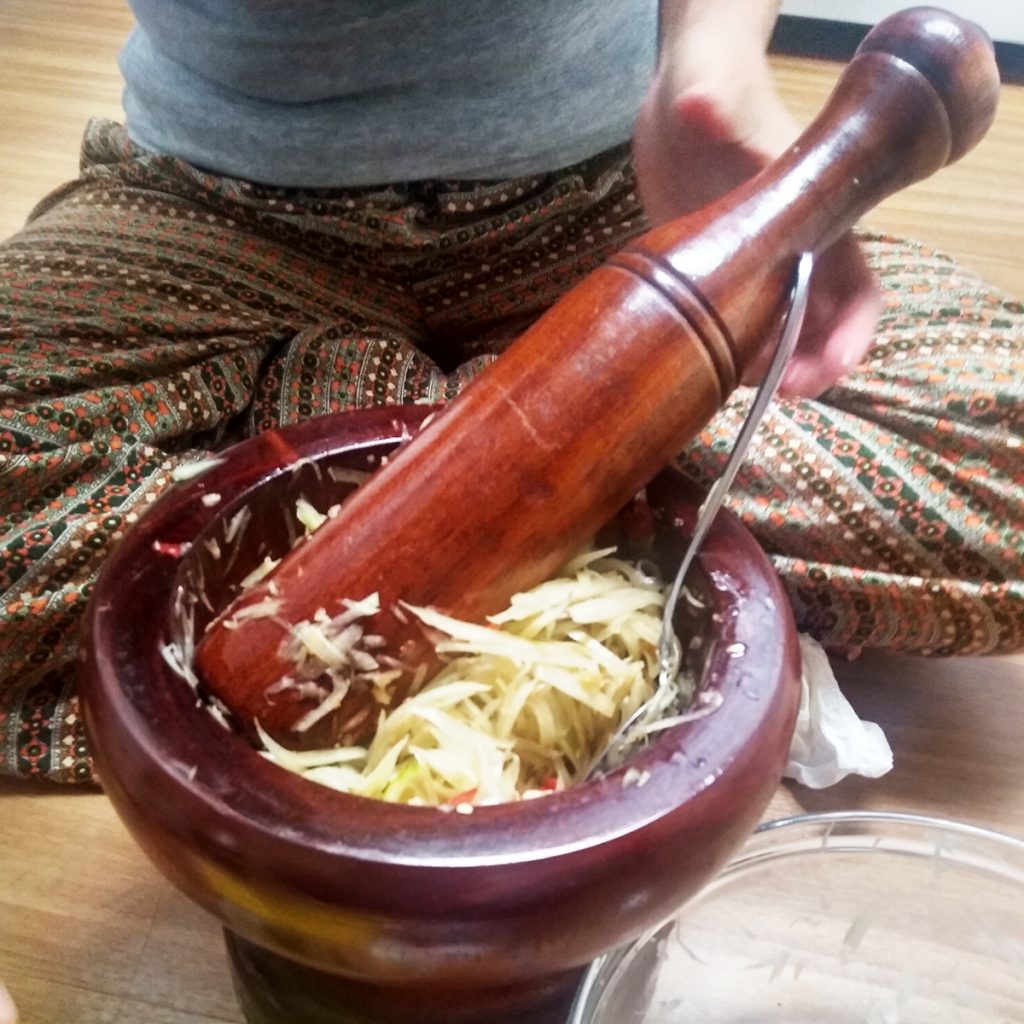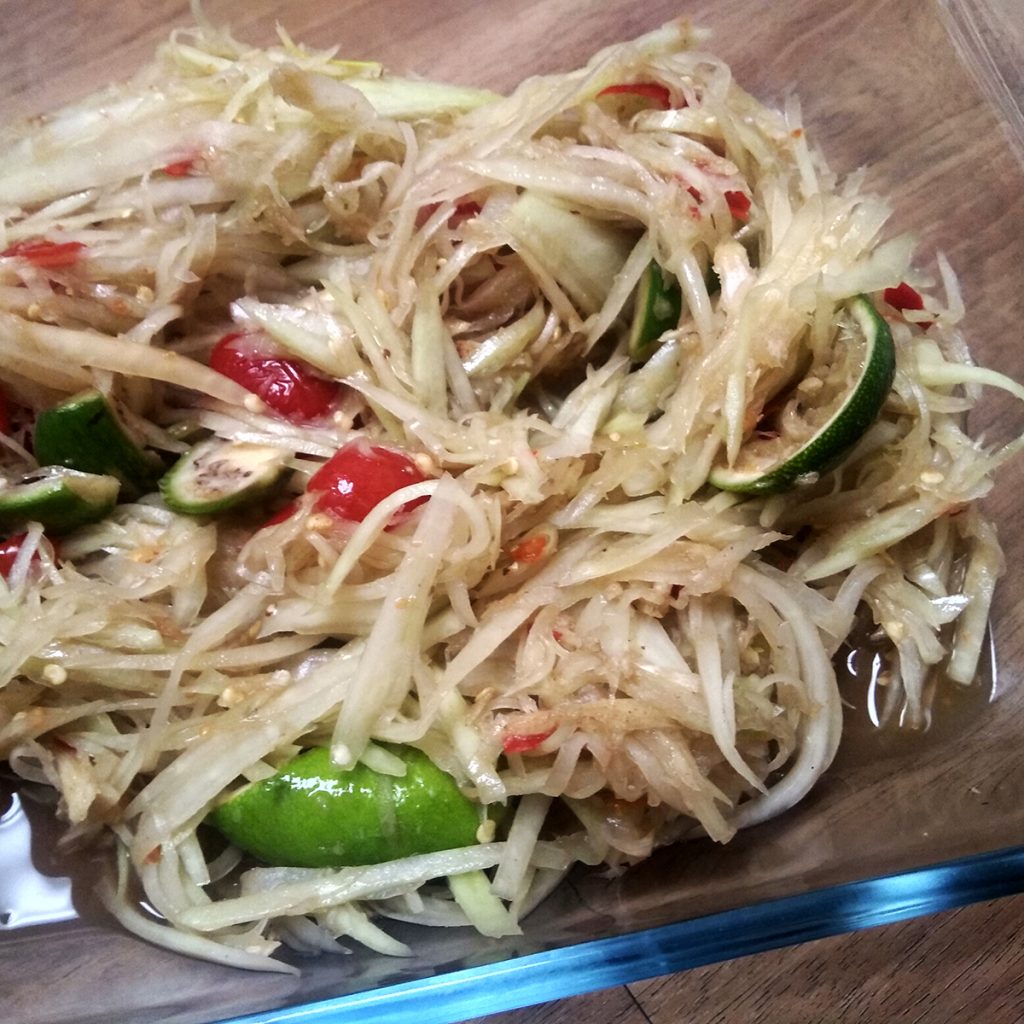I can say I like this horrible thing now, as an adult, but as a kid there was nothing I hated more. I guess after repeated exposure – it’s a staple food item in Asia – our palates can’t help but adjust to it.
Ampalaya (Filipino word for it) is a tropical vine, related to the squash. To blunt that sharp bitter taste, some people like to cut it up (remove the spongy middle and seeds), rub with salt, and leave it in salty water for half an hour before cooking with it. It’s a great source of vitamin C, folate and antioxidants. There’s growing evidence in western literature supporting what indigenous populations around the world use it for. It has cancer-fighting properties, helps lower cholesterol and controls blood sugar.
This vegetable is so ubiquitous in simple Filipino foods, that I try to have it around for the kids so they get used to it too. I’ll saute thin slices of it with onion and scramble eggs into the pot (add a teaspoon of fish sauce for every two eggs). I also add chili flakes or hot sauce here but that’s not a Filipino thing.
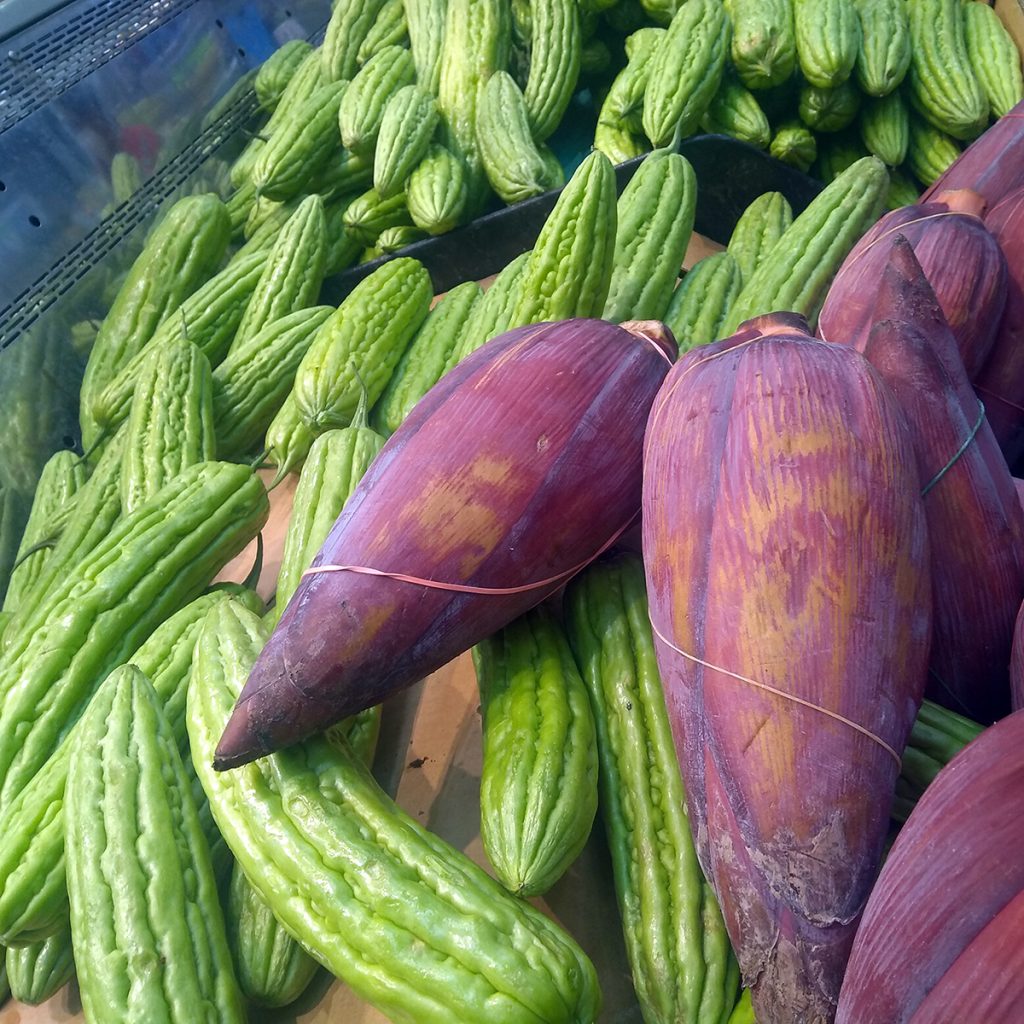
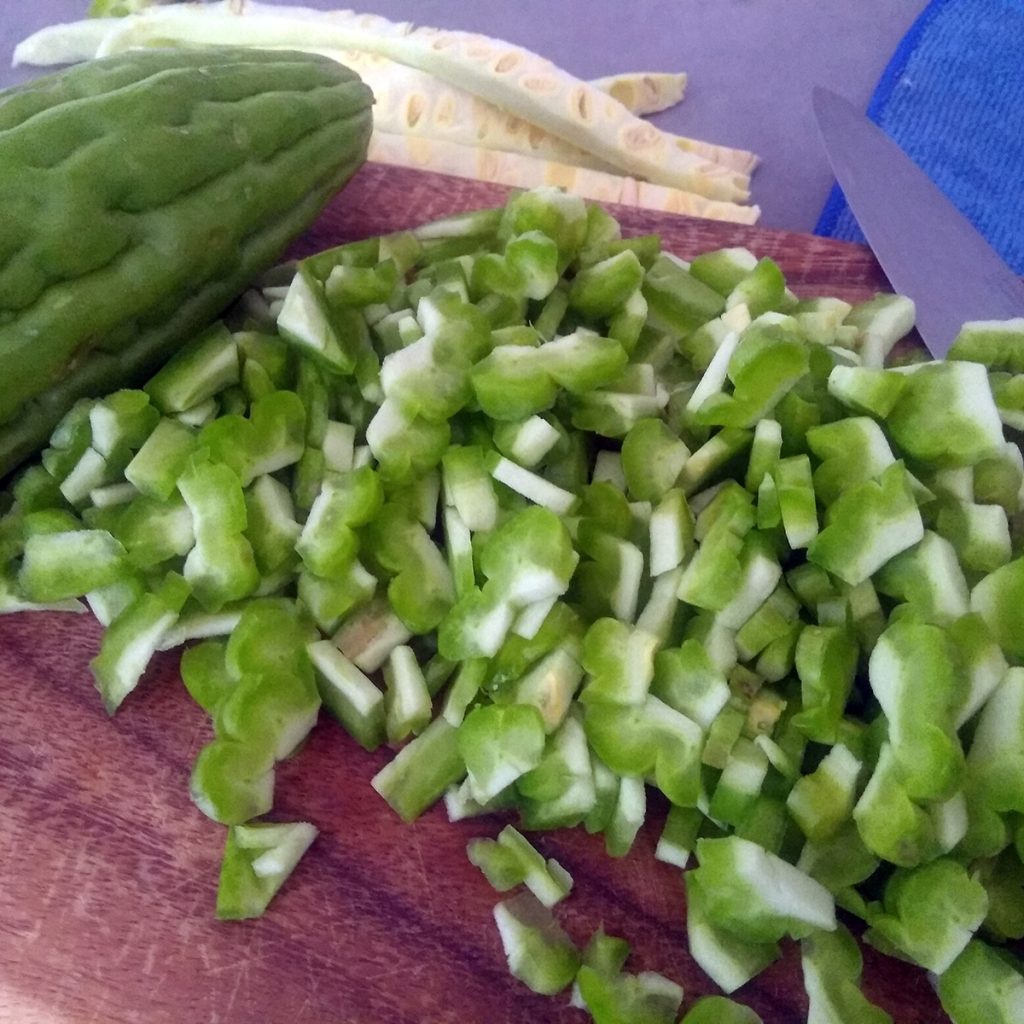
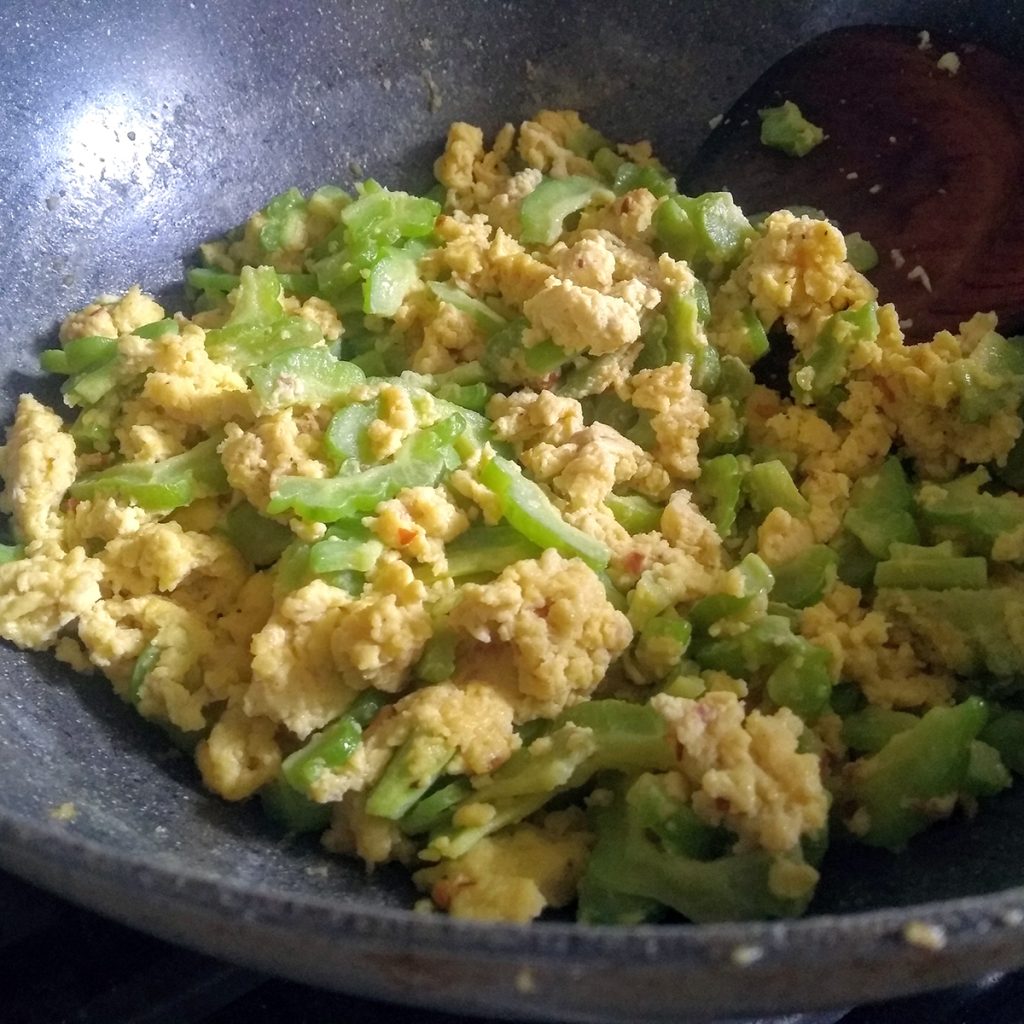
.
